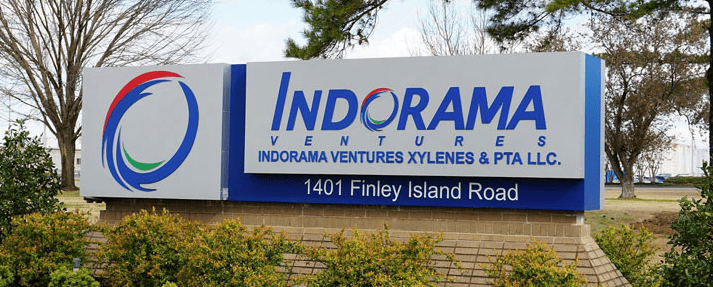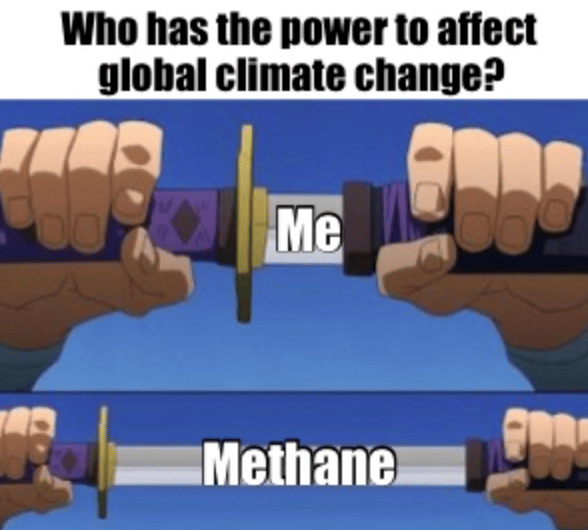- The Column
- Posts
- 🏭 It's a mini IPO
🏭 It's a mini IPO
Indorama might go partly public, Exxon's big refinery expansion, pool chlorine.
TOGETHER WITH

Good morning. The generic poll at the bottom of the newsletter is being swapped out for something that changes with each edition. This week's is rather boring, but I need some feedback/testimonials for the website and media kit. It will be anonymous unless you specifically leave your name!
From the condenser:
· Indorama might go partly public
· Exxon's big refinery expansion
· POTD: pool chlorine

Indorama is looking to raise some funds
Thai chemical company, Indorama Ventures, is apparently considering an initial public offering (IPO) of its US-based integrated oxides and derivatives (IO&D) business.
Getting you up to speed:
Back in 1994, Aloke Lohia founded Indorama as the first wool yarn producer in Thailand. The company quickly expanded (via acquisition) into other fibers and the materials that they're made of. One thing led to another, and eventually Indorama became the world's largest producer of polyethylene terephthalate (PET) and a formidable producer of many chemicals upstream from PET—such as ethylene glycol (MEG).
Wait, what's the IPO for?
Indorama made its first big move into the MEG business was in 2010 when it acquired Texas-based Old World Industries for $795m, but things have heated up recently: in 2020 they suddenly bought Huntsman's ethylene oxide business for $2bn, and then Oxiteno's for $1.3bn just one year later. Now the company is looking to raise some capital, so they're talking to financial advisers about listing its well-carved-out US-based IO&D business on a US stock exchange.
Taking a step back:
Companies raise capital by selling part of their company in the form of shares (equity), by issuing and selling bonds (debt), or by getting a loan from the bank (also debt). Given Indorama's acquisitive tendencies, and currently high interest rates, if Indorama wanted to buy, say, LyondellBasell's EO&D business ($), parlaying the cash from an IPO listing might be a good way to do it.
SPONSORED
Interested in nuclear energy and the grid?
The podcast might be called Nuclear Barbarians, but it covers quite a bit more—in it, Emmet Penney talks to experts, workers, journalists, and scholars from all over the world about nuclear energy, energy issues, culture, and society. Here's a few recent episodes you might be interested in:
Or you can head over here to subscribe to the Nuclear Barbarians Substack so you don't miss any upcoming episodes!

Exxon started up its refinery expansion
US-based oil & gas major, ExxonMobil, started up its $2 billion Beaumont refinery expansion late last week.
A little background:
Much of the Gulf Coast's refining capacity was built to process imported heavy sour crude oil, not the lighter and sweeter stuff that we get from West Texas and New Mexico. So when the fracking boom kicked into gear in the early 2010s, a lot of US refinery became related to increasing the amount of light sweet crude that could be processed. That's what Exxon had in mind when it decided to expand its Beaumont refinery in 2019.
So, what's going on here?
The pandemic changed things a bit—investment came to a halt in 2020 as refiners recorded losses, and we saw six different refineries shut down. Exxon stuck with their plan, and now, a few years and a couple of billions of dollars later, their 250,000 barrel-per-day (bpd) expansion (a 68% increase) has successfully started up. Aside from being the first expansion since the pandemic, it's also the largest in the US since Motiva's in 2012.
Zooming out:
While Exxon's expansion was initially intended to just keep up with demand, it now just makes up a fraction (25%) of what was lost (about 1 million bpd). When LyondellBasell shuts down its refinery later this year another 263,000 bpd will be lost, so until we see more expansions come through refining margins will remain high.
Some more headlines
Chart Industries completed its acquisition of Howden
CVR Energy will use KBR's solid acid catalyst for its new alkylation plant
Saipem and Garbo are trying to commercialize a PET depolymerization technology
PureCycle and Mitsui might build a plant in Japan
Air Liquide is providing this Italian glass maker with oxygen
Product of The Day
Today, we're breaking down pool chlorine.

Pretty much everyone is familiar with the fact that we add chlorine to our pools to keep them sanitary. But the solid material we add to our pools isn't chlorine—it's typically a solid chlorinated isocyanurate (such as TCCA) that releases cyanuric acid and hypochlorous acid when dissolved in water. TCCA is made by reacting cyanuric acid with chlorine gas and sodium hydroxide, the latter two of which are products of the well-known chloralkali process.
Most products you'll find in this section are a combination of various materials that just trace their roots to the chemical process industries. Pool chlorine is special because it is one of the few products that chemical companies sell directly to the public at large. That relationship with the public is why mainstream media will cover supply shortages of pool chlorine.
The reboiler
Written Interview: Give this conversation featuring the CEO of Olin on the epoxy, acetyl, and chlorovinyl chains a read.
Safety Moment: Watch this USCSB video to learn about the 2015 ExxonMobil Refinery Explosion in Torrance, CA and what can be done to prevent similar events in the future.
Course: We think of chemical plants in terms of unit operations. To understand the industry you need to learn about those units.*
The bottoms

Want to discuss this stuff with other readers? Join the Discord.
Interested in working for a startup? Join the talent pool.
Looking for older editions? Read the archive.
Want to reach The Column's audience? Become a sponsor.
Curious about more than just news? Subscribe to Feedstockland.
Would you like to leave some feedback?E.g. "The Column is useful because..." |
Reply